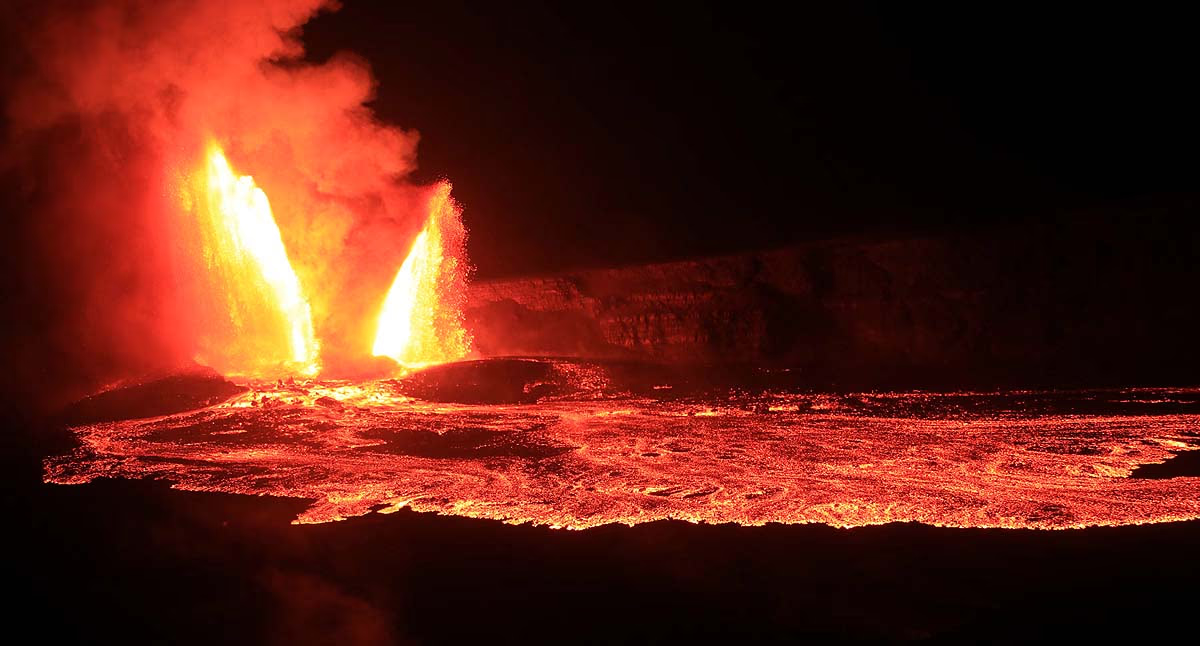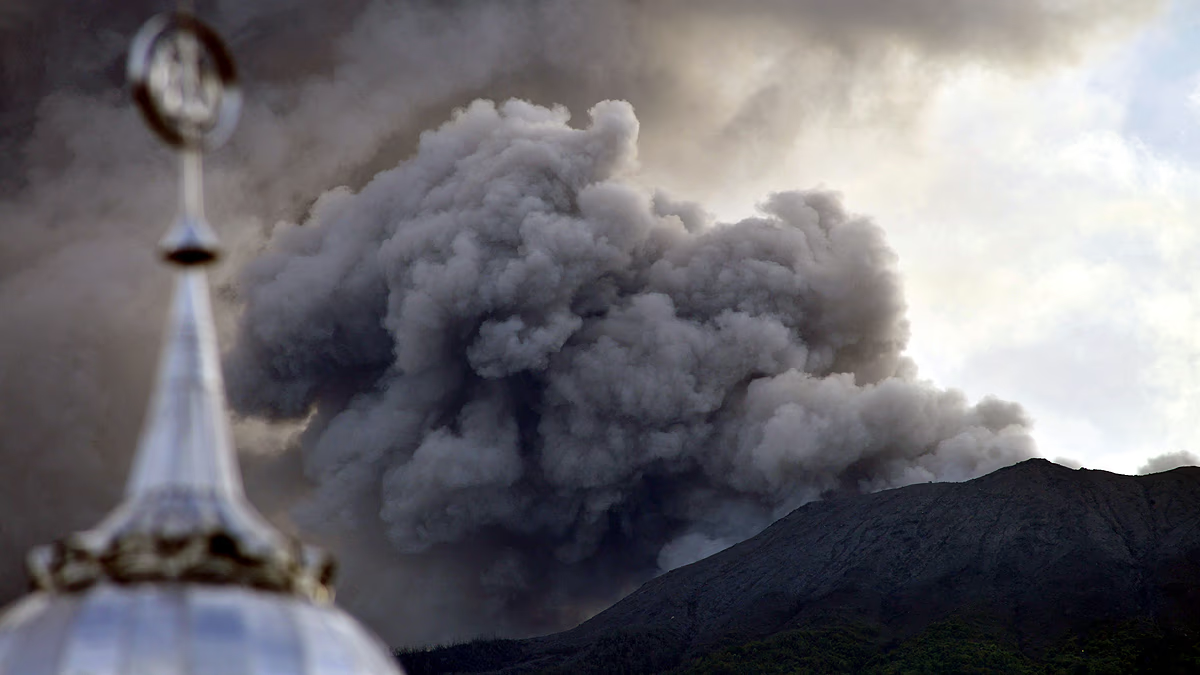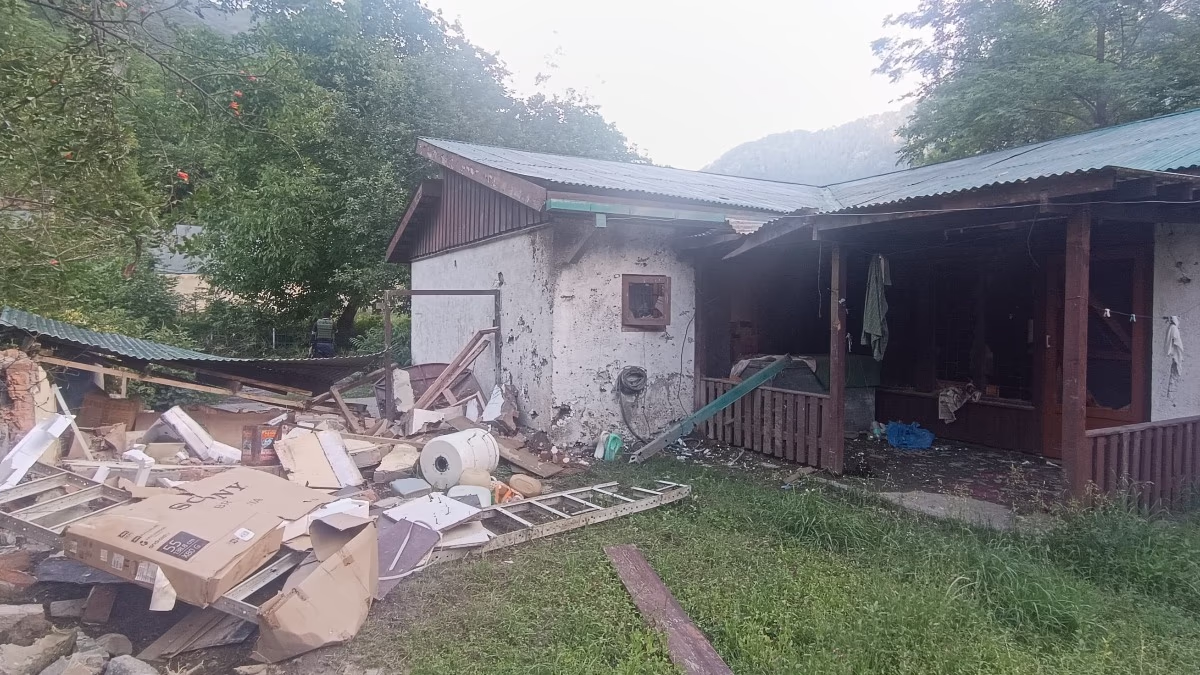Rivers of lava are cascading from Hawaii's Kilauea volcano. For the first time in 12,000 years, Ethiopia's Hayli Gubi has exploded. Clouds of ash are emerging from Indonesia's Merapi and Semeru. Iceland's volcano has erupted again. It seems as if significant activity is transpiring beneath the Earth's surface. Is this normal? Or is a greater danger looming?
The Earth resembles an apple. Its outer shell (crust) is thin, just 5-70 kilometers thick. Beneath lies the mantle – a hot, viscous substance extending up to 2900 kilometers. Then comes the core – a molten iron sphere.
Birth of Magma: The heat inside the Earth is immense (50 times hotter than the Sun!). This heat melts rocks, forming magma. As magma is lighter, it ascends like oil in water.
Battle of Tectonic Plates: The Earth's surface is divided into 15-20 large pieces (plates). These plates move at 2-10 centimeters per year. When two plates collide (convergent boundary), one is forced below (subduction). This brings magma to the surface, forming volcanoes.
Hotspots: In certain regions, magma bursts directly from below, such as in Hawaii or Iceland. This is due to hot spots beneath the plates.
Gas and Pressure: Gases (like water vapor, CO2) are trapped in magma. When the pressure builds up too much, magma erupts, similar to soda fizzing when opened.
These processes have been happening for millions of years. Volcanoes give the Earth a new birth – new landseams with fertile soil are created by lava. But when many erupt simultaneously, it seems something significant is stirring.

Source: aajtak
In November 2025, these volcanoes are making headlines. Let's delve into what's happening (as reported by USGS and other scientific reports)...
Kilauea in Hawaii:
Known as the most active volcano on Earth, it started erupting on December 23, 2024. By November 2025, it experienced its 37th eruption, with lava fountains soaring 400 feet high. Lava is contained within the Halemaʻumaʻu crater, posing no threat outside the park. Magma rising from the hotspot is normal, though air quality may be affected by gas emissions.
Ethiopia's Hayli Gubi:
On November 23, after 12,000 years, it erupted for the first time. Ash rose 14 kilometers high, spreading over the Red Sea to Yemen, Oman, Pakistan, and even reaching India, causing flight cancellations. Located in the Afar Rift Valley, where the African plate is splitting, tectonic activity brings up magma – rare, yet natural.
Merapi in Indonesia:
Continues to erupt through November 24, releasing hot rocks and ash 150 meters high. Situated in the Ring of Fire, where the Indian and Pacific plates collide. On November 10, a partial collapse led to a lava flow. Alert Level 3 – populations remain safe.
Semeru in Indonesia:
Erupted fiercely on November 19 with ash reaching 5.6 kilometers and pyroclastic flows (hot ash clouds) traveled 7 kilometers. 300 residents were evacuated. As Java's highest volcano, eruptions result from subduction.
Iceland's Volcano:
A series of eruptions on the Reykjanes Peninsula during 2023-2025. From November 2024 erupted for the 10th time, April 2025 for the 11th (lasting 1 day), and July 2025 for the 12th (lasting 20 days). Magma accumulation reached 15 million cubic meters. Plates are diverging along the Mid-Atlantic Ridge.
These are occurring in different settings – hotspots, rifts, subduction zones. There's no singular connection, but heightened activity is notable at the Ring of Fire (Indonesia) and rift zones (Ethiopia, Iceland).
Tectonic Plates:
90% of volcanoes are located along plate boundaries. As plates shift, magma rises. According to scientists, global volcanic activity remains stable – 50-70 eruptions occur annually. The perceived increase is due to more sensors in place (USGS data).
Role of Climate Change?:
It plays a minor role. Rising sea levels exert pressure on plates, activating faults (GFZ study, 2025). As glaciers melt (Greenland, Iceland), weight reduces, increasing earthquakes, potentially triggering volcanoes. But it's a minor effect – the main factor is plate tectonics.
USGS: No global increase; observed clustering is normal (2025 report).
GFZ Germany: Coastal areas may see a 10-20% rise in earthquakes/volcanoes linked to climate change.
Smithsonian Global Volcanism Program: 1350 active volcanoes, with eruption rates stable.
2025 MIT Study: Ice melting in regions like Japan acts as a trigger.
No extraordinary activity – just Earth's natural behavior. Monitoring provides advance warnings.

Source: aajtak
Local hazards: Ash causes breathing issues, lava ignites fires, landslides possible. But most volcanoes are in remote areas.
Global effects: Ash can halt flights (Hayli Gubi impacted India). More eruptions and ash dispersion can induce cooling (similar to 1991’s Pinatubo).
Safety tips: Download alert apps (USGS, IMO). Avoid traveling near active volcanoes. In India, reside far from the Ring of Fire, though Himalayas may experience earthquakes.
Volcanoes are Earth's breath – they create new land and sustain life. Though intimidating, science keeps us prepared. Next time you witness lava, contemplate – It’s Earth's rejuvenation in action.




